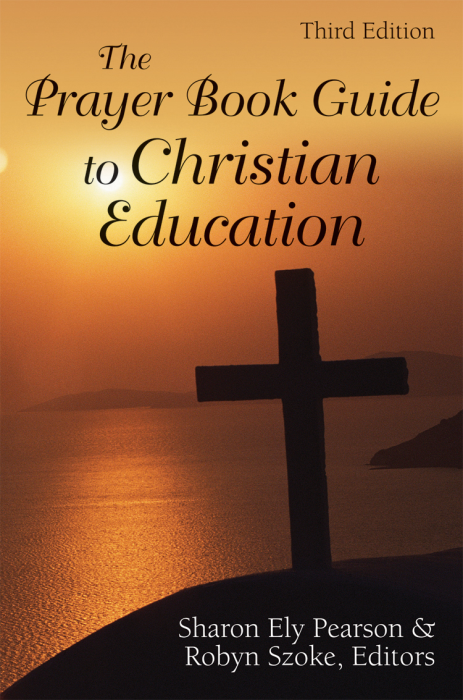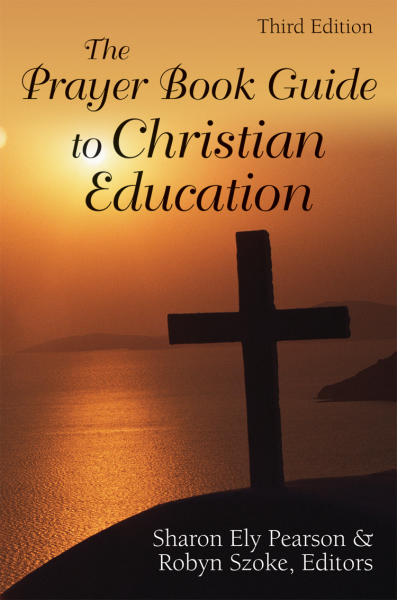Biblical Studies & Theology
Biography / Memoir
Church Supplies & Gifts
Curriculum & Faith Formation
En Español
Gender Studies / LGBTQ
Health and Wellness
Leadership
Liturgy & Worship
Prayer and Spirituality
Series
The Episcopal Church / Anglicanism
The Way of Love

Sharon Ely Pearson, Robyn Szoke
Morehouse Publishing
May/2009, 328 Pages, Paperback, 6 x 9
ISBN: 9780819223371
While this one-volume guide is especially useful for Christian educators, showing them how to teach week by week according to the ethos and tradition of the Episcopal Church, it also provides a valuable and useful reference tool for all church leaders and members in connecting Christian faith to daily life.
This new guide to Christian education and formation is based on the Book of Common Prayer, the cornerstone of Anglican liturgy and theology. Keyed to the Revised Common Lectionary, all activities and lessons are structured on the seasons and lessons for Years A, B, and C. The guide stresses the major themes of baptismal theology and shows how teachers, parents, and children can live the liturgical cycle in Christian formation ministries at church and at home.
Sharon Ely Pearson a retired Christian educator, editor, and author with 35-plus years of experience in Christian formation on the local, judicatory, and church-wide level. Known for her knowledge of published curricula across the church, she has written or edited numerous books. She is a graduate of Virginia Theological Seminary and a lifelong Episcopalian. She lives in Norwalk, Connecticut.
"This welcome third edition of the Prayer Book Guide is a rich and well-proven resource not only for educators and liturgists, but for all who seek to deepen their understanding of the church’s worship."—Frank T. Griswold, XXV Presiding Bishop
"A winner for teachers and learners of all ages. With its focus on adult formation, new approaches to Bible study and local and global mission, the Guide overflows with resources for all the baptized." —Fredrica Harris Thompsett, Professor Emerita, Episcopal Divinity School
"A wonderful gift to the Church, this revision of a tried and true favorite incorporates the Revised Common Lectionary readings, making it most useful for all sizes of congregations and also for faith formation in the home."—Janie Stevens, Episcopal Diocese of Texas
"Faith, biblical reflection, spirituality, and discipleship come alive in new and exciting ways. This book is a must-have for every family and church committed to life-long Christian formation."—Mark Francisco Bozzuti-Jones, Trinity Church, Wall Street
"Should be on every congregation’s bookshelf . . . and off the bookshelf more often than on. It is a remarkable resource for anyone responsible for Christian Formation or simply interested in the faith of the Episcopal Church as it is understood today." —Victoria L. Garvey, Episcopal Diocese of Chicago
"Sharon Pearson and Robyn Szoke understand that the Book of Common Prayer is a liturgical and theological treasure ready to be mined so that children, youth, and adults are truly formed in the faith."—James E. Curry, Episcopal Diocese of Connecticut
"Sharon Ely Pearson and Robyn Szoke have produced a refreshed, simple, and comprehensive adjunct to worship."—Episcopal Life

